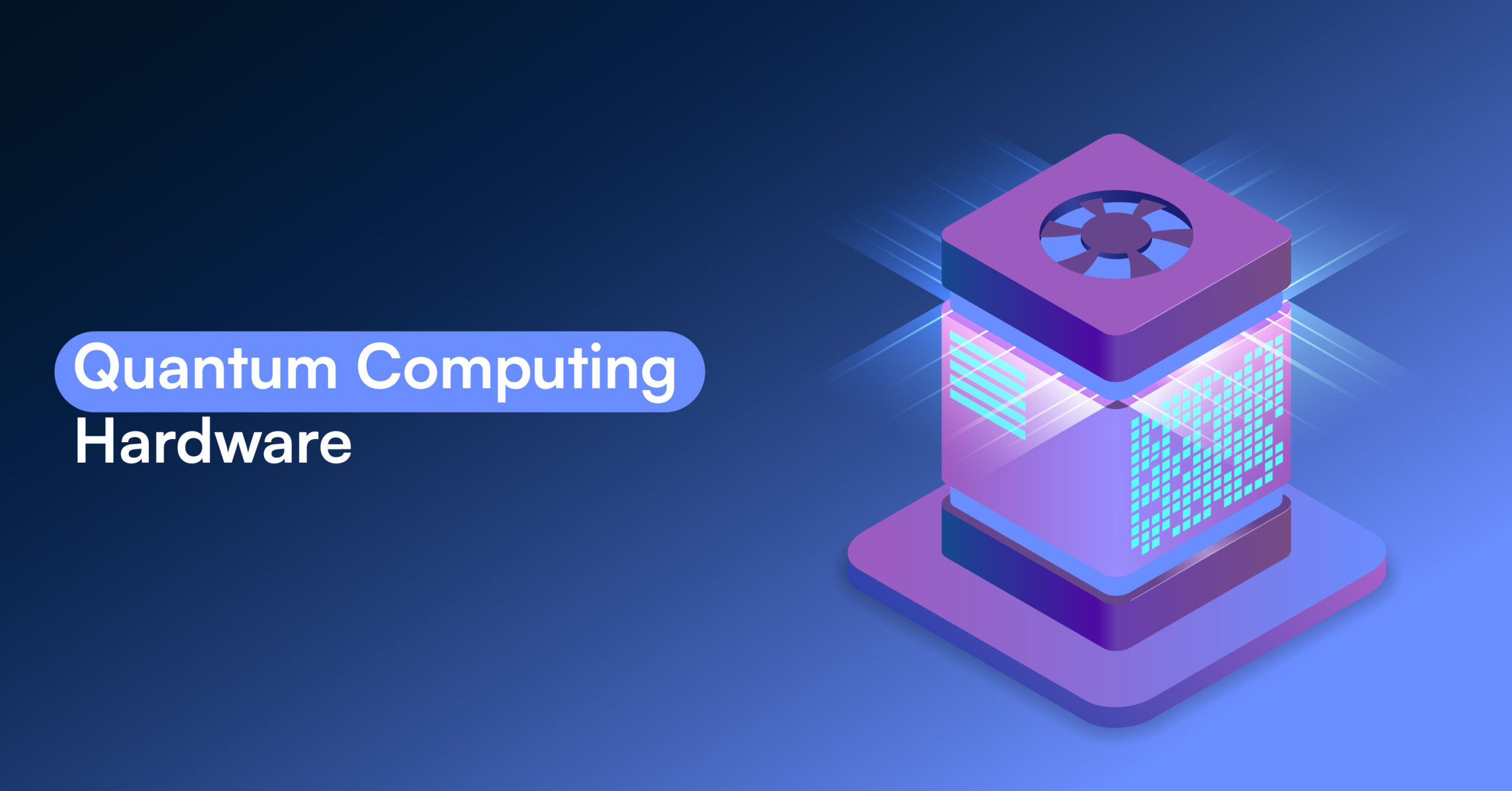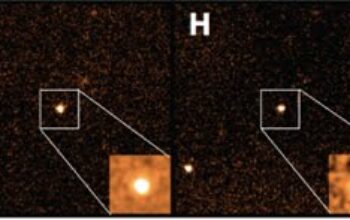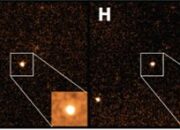The realm of quantum computing has reached an exhilarating juncture, where theoretical aspirations are rapidly converging with tangible advancements. Within this burgeoning field, an enduring debate persists: Is quantum computing more reliant on hardware or software? This intricate question not only fuels discourse within academic circles but also reflects the dual nature of innovation in this revolutionary area of technology.
To understand the intricacies involved, one must first delve into the foundations of quantum mechanics itself. At its core, quantum computing both transcends and enriches traditional computational frameworks, fusing concepts from physics, mathematics, and computer science. The unicellular existence of the quintessential quantum bit or qubit acts as the fulcrum upon which the potential of quantum computers pivots. To propound the allegory, if classical computing is akin to navigating a river with firmly anchored canoes, then quantum computing resembles a flotilla of boats dancing on an unpredictable ocean, teasing the boundaries of probability and uncertainty.
On one hand, the hardware constitutes the very architecture of quantum computing. The hardware encompasses the physical components necessary for the functionality of qubits, such as superconducting circuits, trapped ions, or topological qubits. Each of these approaches comes with unique advantages and challenges, underpinning the growth of diverse ecosystems. For instance, superconducting qubits, like those pioneered by corporations such as IBM and Google, utilize the principles of superconductivity to generate qubits with a delicately balanced energy state.
Moreover, the inadequacy of current hardware technology is palpable. The fragility and coherence times of qubits present a formidable challenge, necessitating sophisticated error correction schemes that can rapidly evolve in complexity. Quantum hardware is akin to a grand symphony, where each instrument (qubit) must harmonize with the others without discord. As such, advancements in quantum error correction, qubit connectivity, and system architecture remain fundamental to the viability of quantum computing as a mainstream technology.
Conversely, the realm of quantum software possesses an intrinsic complexity that is equally impressive. Quantum algorithms exploit the underlying principles of quantum mechanics, such as superposition and entanglement, to perform computation in ways that classical algorithms cannot. For example, Grover’s algorithm provides a quadratic speed-up for unstructured search problems, while Shor’s algorithm threatens to render classical cryptography obsolete. The elegance of these algorithms lies in their ability to leverage quantum phenomena to facilitate computations that are astronomically faster than their classical equivalents.
The development of quantum software is not merely a matter of crafting efficient algorithms; it also necessitates a profound understanding of the interplay between quantum states. Quantum programing languages, such as Qiskit and Cirq, epitomize this interplay, enabling researchers to articulate complex protocols that can be run on quantum hardware. These languages serve as the bridges between the theoretical constructs of quantum physics and the tangible execution of quantum computations, exemplifying the symbiotic relationship between hardware and software.
Nevertheless, the argument surrounding the primacy of hardware versus software often borders on the philosophical. Akin to the age-old parable of the chicken and the egg, one must consider whether the innovation of quantum algorithms is stifled without potent hardware or if advancements in hardware would be meaningless absent innovative algorithms. This intricate interaction bears semblance to a classic dance where both partners must exhibit equal prowess to achieve grace and effect. Without the harmonious fusion of robust hardware and novel software, realizing the full expressiveness of quantum computing remains a distant aspiration.
Moreover, one must contemplate the evolving landscape of industry partnerships and collaborative research. The interplay between hardware manufacturers and software developers is becoming increasingly crucial, paving pathways toward more efficient quantum architectures. Companies and academic institutions alike are realizing that the development of one facet cannot advance in isolation; rather, a multidisciplinary approach encapsulating physics, computer science, and engineering is essential for overcoming the multifaceted challenges that lie ahead.
In conclusion, while the debate surrounding hardware versus software in quantum computing may perpetuate, the convergence of these realms reveals an exquisitely intricate tapestry woven from threads of innovation and collaboration. Quantum computing cannot be relegated to mere computational prowess; it emerges as a unified manifestation that transcends singular focus on hardware or software. As researchers and institutions grapple with the manifold complexities of this nascent technology, the realization grows clearer: it is not exclusively about hardware or software, but rather an integrated ecosystem where both elements fuse seamlessly to unlock the potential of quantum computation. The future beckons with luminous potential, where the symphonic interplay of qubits and algorithms harmonizes the very fabric of discovery, inviting humanity to explore the uncharted seas of computational possibilities.










